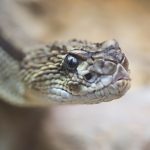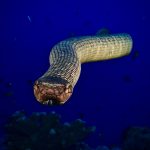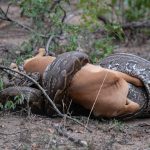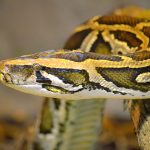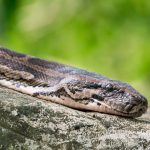Typically, corn snakes don’t hibernate. However, they only do this for a few weeks at a time during the colder winter months and it is very similar to hibernating. This is known as bromating. This is a result of the typical shortage of daylight throughout the winter months.
An animal can hibernate by sleeping for extended periods. This is not how corn snakes behave. Usually, they just slow down as a result of the temperature drop. In other words, they don’t truly require as much food to survive. Although it is not necessary, this can be repeated with corn snakes kept in captivity.
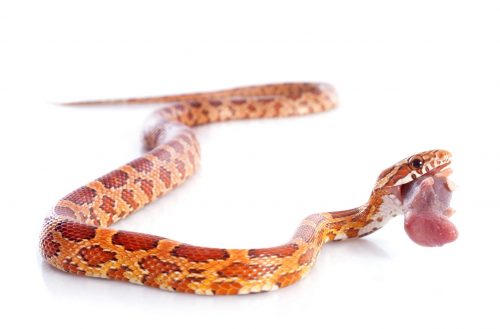
However, hibernation helps increase the likelihood of successful reproduction since male corn snakes create more sperm and hormone levels in cooler weather. Due to the lifestyle that the corn snake leads, which is extremely similar to that of the wild, breeding your corn snake can be advantageous for the progeny of your corn snake. If you choose to do this, your corn snake should not be fed for two to three weeks, however, during this period you must make sure they have access to enough water at all times.
Nevertheless, corn snakes do not hibernate. However, they do prefer dimly lit areas where they can remain hidden from view. You should also have a little hiding place with just one access for your corn snake. The snake feels safer against assaults from larger predators as a result. They feel most secure when tucked up in a dim area.
Will Corn Snakes Hibernate?
Corn snakes enjoy being hidden. They enjoy hiding. For a Coen snake, burrowing is therefore fairly prevalent. Many burrow among the leaves and long grass, albeit not so much below ground level. They do this to avoid being seen by both predators and prey. Since neither should be tied to being caught, both are essential when trying to capture.
Maintaining a constant body temperature is another reason why corn snakes like to burrow. Corn snakes are known to steal objects to keep cool on hot days. A pet corn snake may burrow for a different cause, though. A corn snake may grow anxious in a crowded environment since they tend to bury itself and become less active under stress.
What Months Do Corn Snakes Brumate?
The length of time that corn snakes spend in hibernation varies from 2 to 8 months depending on the climate. Longer hibernation occurs in colder climates. The majority of corn snakes hibernate for two months.
It is easier to comprehend the rationale for a corn snake’s initial “hibernation”. Snakes with cold blood need heat from their surroundings to survive. Finding a comfortable location to hang out during the winter can be challenging, and severe temperatures can be dangerous to their health and even fatal. Reptiles can decrease their metabolism to reduce their need for food and water, and they will become less active.
They don’t, however, genuinely enter deep sleep. When we use terms like “hibernation,” this is a mistake. However, to be more precise, we should say that technically speaking, corn snakes undergo a brumation cycle rather than hibernating.
How Do Corn Snakes Survive In The Winter?
Snakes don’t genuinely hibernate in the winter, in contrast to many other warm-blooded species. Instead, during a phase known as brumation, snakes drastically slow down their metabolism and become less active. In that snake will sleep for extended periods, brumation is comparable to hibernation in this regard.
However, if a sudden warm spell happens and temperatures increase for a few days at a time, they will awaken to forage for food and water. They will once more enter their brumation condition as the temperature drops. From September through December, rumination can start at any time and extend until March or April.
Snakes can’t control their body temp like warm-blooded mammals can since they have cold blood. Snakes must seek refuge from the cold when it occurs by digging in holes or caves, hiding beneath logs or rocks, in tree stumps, or sneaking into basements, garages, barns, crawlspaces, sheds, wood piles, or even automobile engines. Since they are excellent at concealing and very silent, snakes frequently go unseen until they have been disturbed.
Are Corn Snakes Considered Venomous in the USA?
Corn snakes, unlike many other venomous snakes in the usa, are not considered venomous. They are docile and popular as pets due to their colorful patterns. Though they constrict their prey like their venomous counterparts, these harmless serpents pose no threat to humans.
When Should Corn Snakes Be Cold?
75–82°F is on the chilly side and 80–85°F on the warm side are the ideal temperatures for corn snakes. On the warm side, provide a basking area that is 88–92°F.

